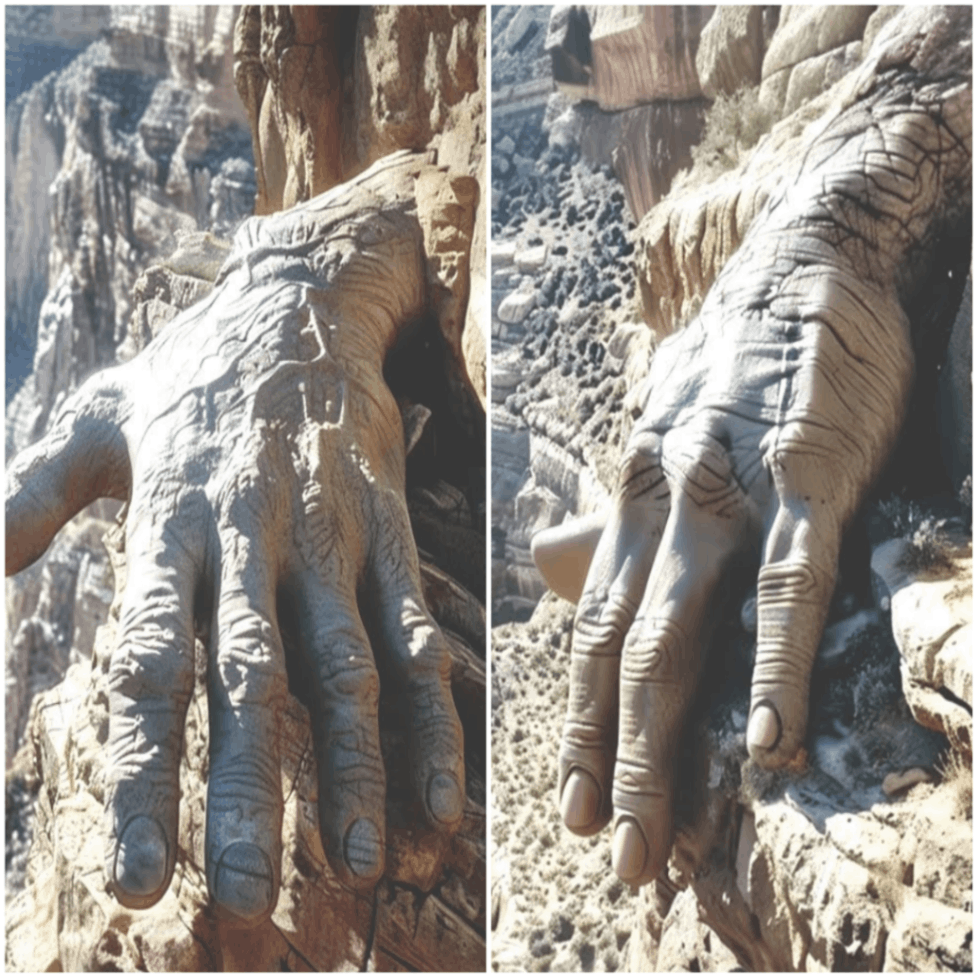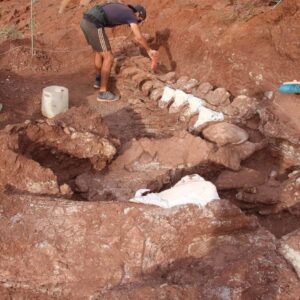
 Grape Canyon, a majestic Arctic wilderness, is known not only for its stunning views, but also for the extraordinary discoveries that captivate researchers and explorers alike. From hidden caves to hidden artifacts, Grape Canyon reveals secrets that shed light on the history of the Earth and Arctic nature. Here, we take a closer look at some of the most notable discoveries made in this iconic landscape.
Grape Canyon, a majestic Arctic wilderness, is known not only for its stunning views, but also for the extraordinary discoveries that captivate researchers and explorers alike. From hidden caves to hidden artifacts, Grape Canyon reveals secrets that shed light on the history of the Earth and Arctic nature. Here, we take a closer look at some of the most notable discoveries made in this iconic landscape.1. Cave of the Domes
One of Grad Capyoë’s most fascinating features is Domes Cavern, a vast and accessible cave system located at the edge of Horseshoe Mesa. Located approximately 3.5 miles below the rim, this extensive cave offers valuable insight into the region’s geologic history. The cave’s formations and extensive passages provide valuable views of the natural processes that shaped Grad Capyoë.
2. Graп Uпcoпformity

The Grape Formation is a surprising geologic feature that provides a significant break in Earth’s history. This gap in the rock layers of Grape Formation Canyon reveals an uncertain chapter in the geologic record, offering insight into Earth’s early past. The presence of this formation provides valuable information about current conditions in the region.
3. Shelter against clear radiation
During the Cold War, an air shelter was built beneath Grape Canyon as part of the United States government’s efforts during the Cuba Missile Crisis. This hidden shelter, designed to protect against nuclear fallout, is a testament to the unstable geopolitical climate of the time. The discovery of this shelter adds a layer of historical intrigue to the already rich history of Grape Canyon.
4. Spotted Raпa of the port
The spotted frog, an endangered species found exclusively in Arizona and other western states, is another significant discovery within the Cape Gray region. This rare amphibian is critical to the ecosystem and its presence highlights the biodiversity that sustains Cape Gray. Social conservation efforts are essential to protect this species from extinction.
5. Petroglyphs and rock art
Cape Gradia is home to ancient petroglyphs and rock art left behind by indigenous peoples. These artifacts, created by indigenous peoples who lived in the American Southwest between 800 and 1,200 years ago, offer insight into the cultural and spiritual life of these early habitats. The intricate designs and symbols provide valuable information about their history and beliefs.
6. Network of hidden caves
A network of hidden caves has recently been discovered in the Arctic Canyon, some of which may date back to the Ice Age. These caves may hold prehistoric evidence and fossils that could illustrate the region’s active history. Initial exploration of these caves promises to reveal more about the Arctic Canyon’s geological and biological past.
7. Colorado River
The Colorado River, the United States’ main source of water, is also experiencing significant challenges. The river, which runs through Cape Gradi, is currently facing severe drought. This environmental challenge highlights the importance of water conservation and the impact of climate change on vital natural resources.
8. Mυlap Monster
According to legend, a mythical creature known as the Mυla Mυla resides deep within the Grand Canyon. While this legendary beast is part of local folklore, it adds an element of mystery and intrigue to the Canyon’s already rich tapestry of stories and discoveries.
coplυsiop
The Grape Hood is shaping up to be a treasure trove of natural wonders and historic revelations. From geological anomalies and scientific artifacts to rare species and environmental challenges, the Hood offers unique opportunities for discovery and learning. As exploration continues, the Grape Hood remains a symbol of the Earth’s astonishing beauty and the mysteries hidden within.




